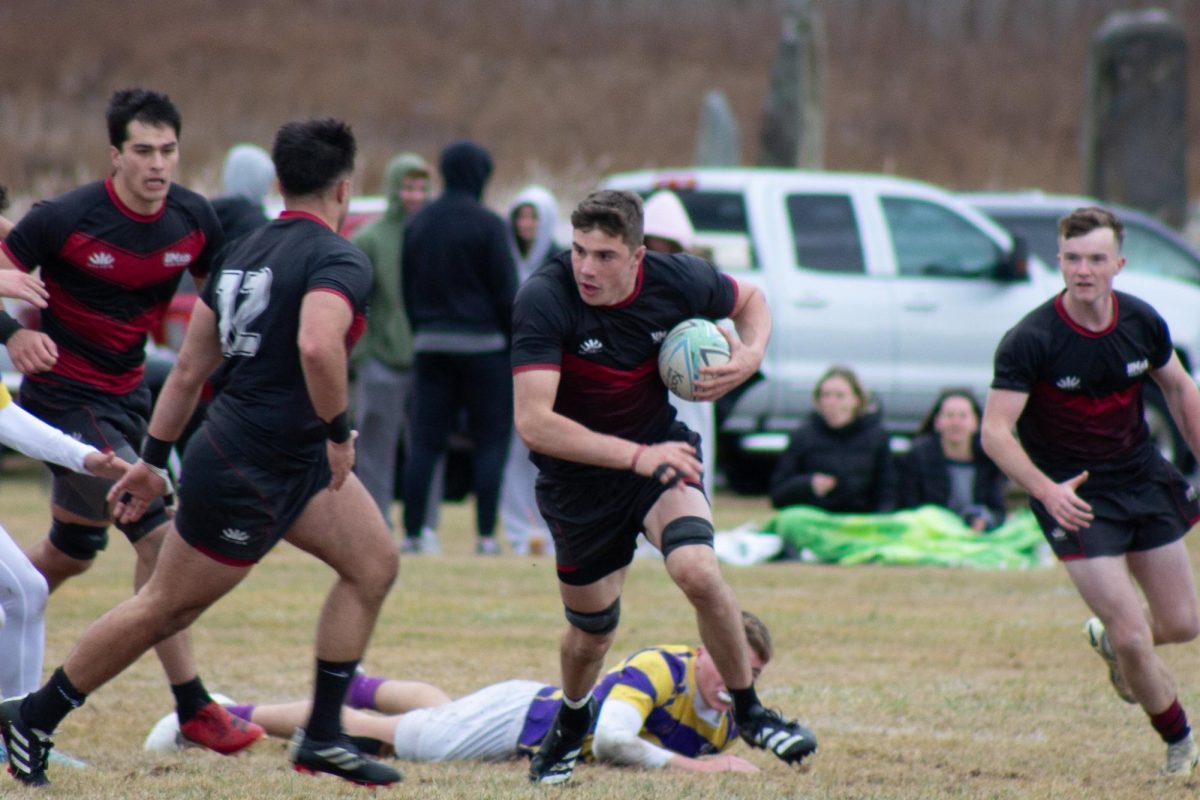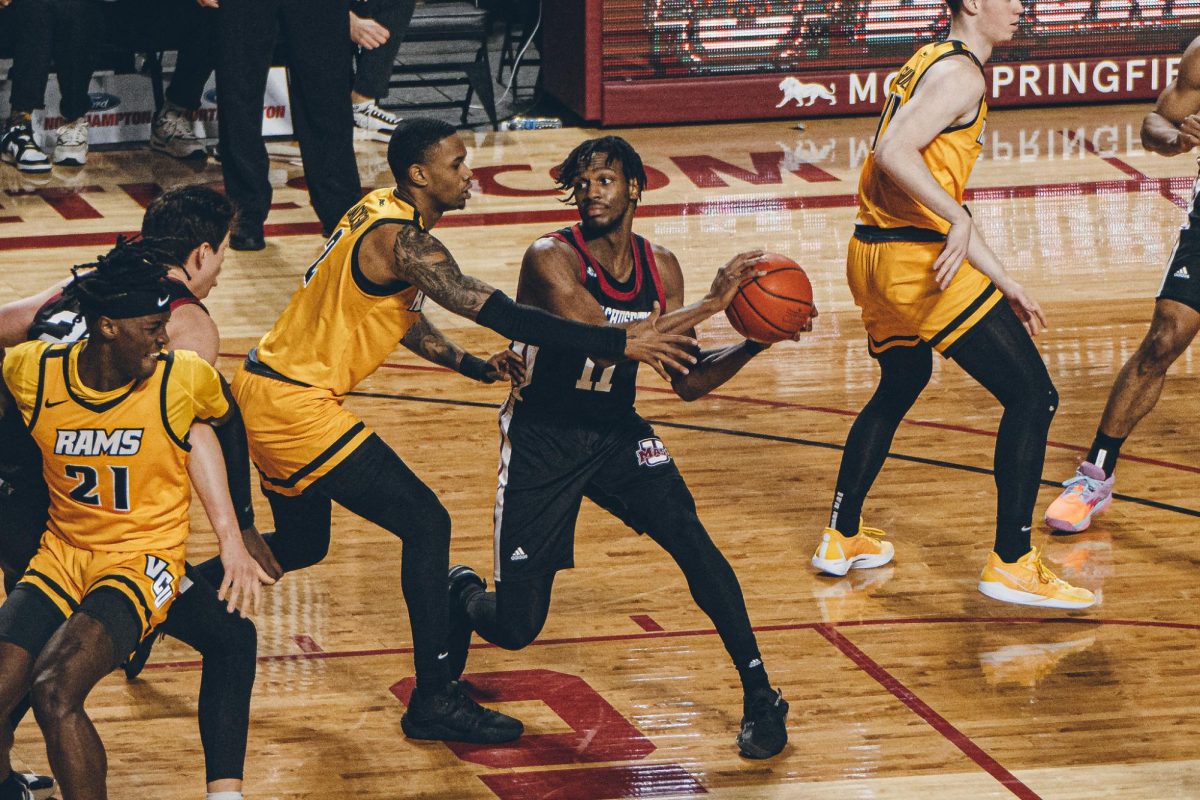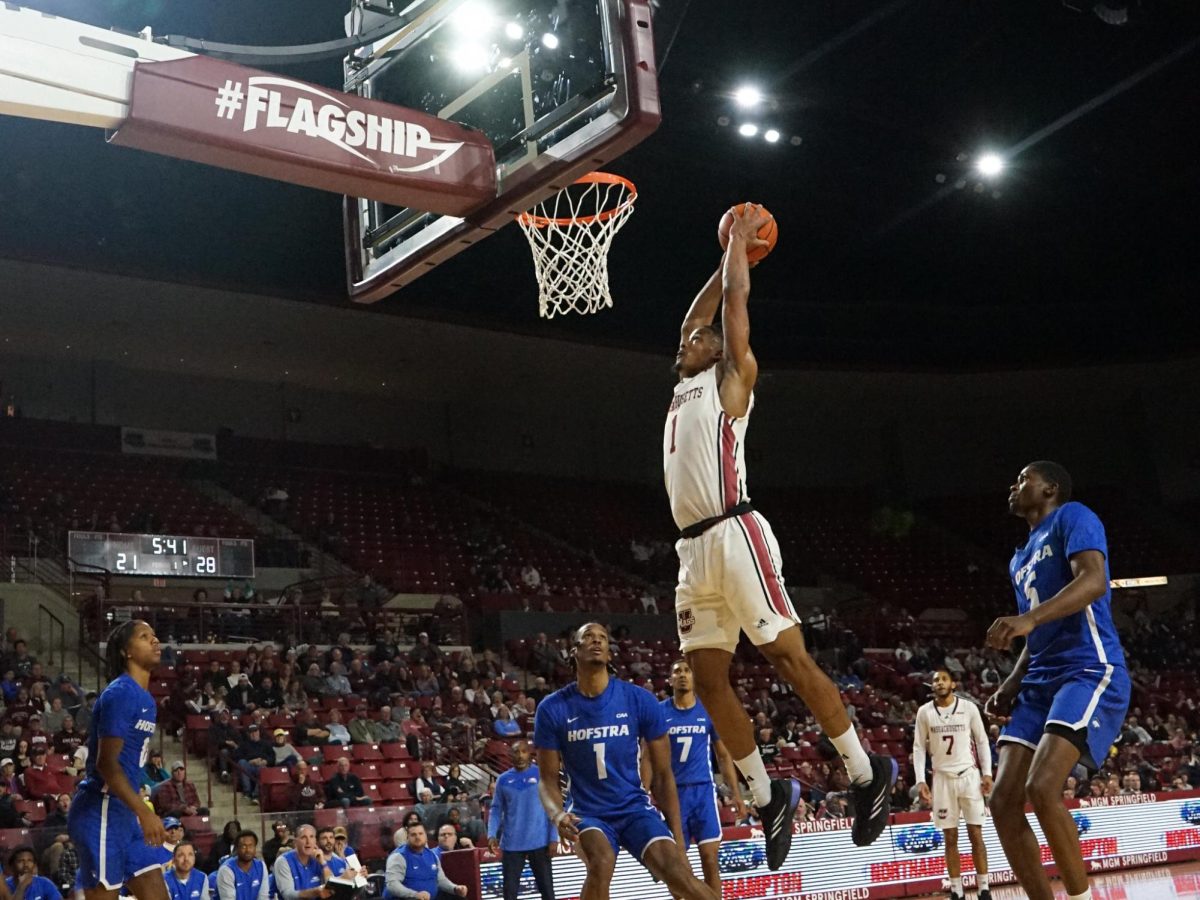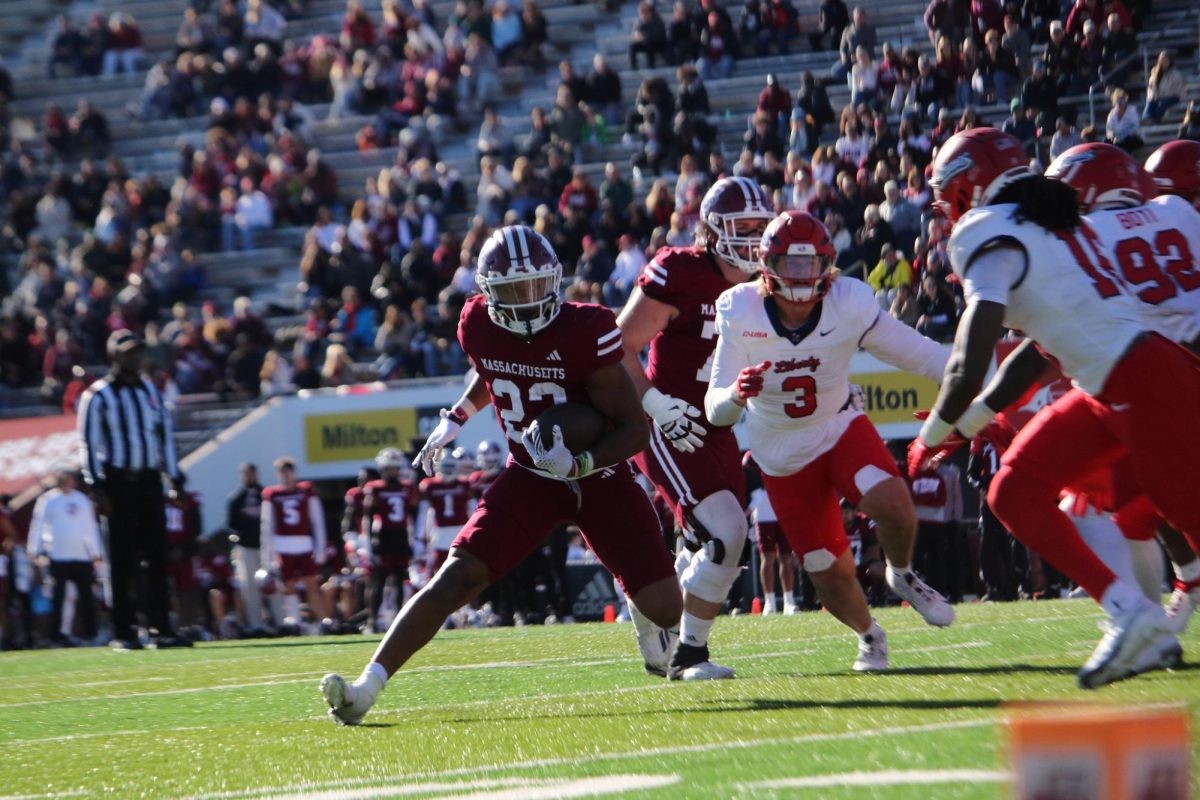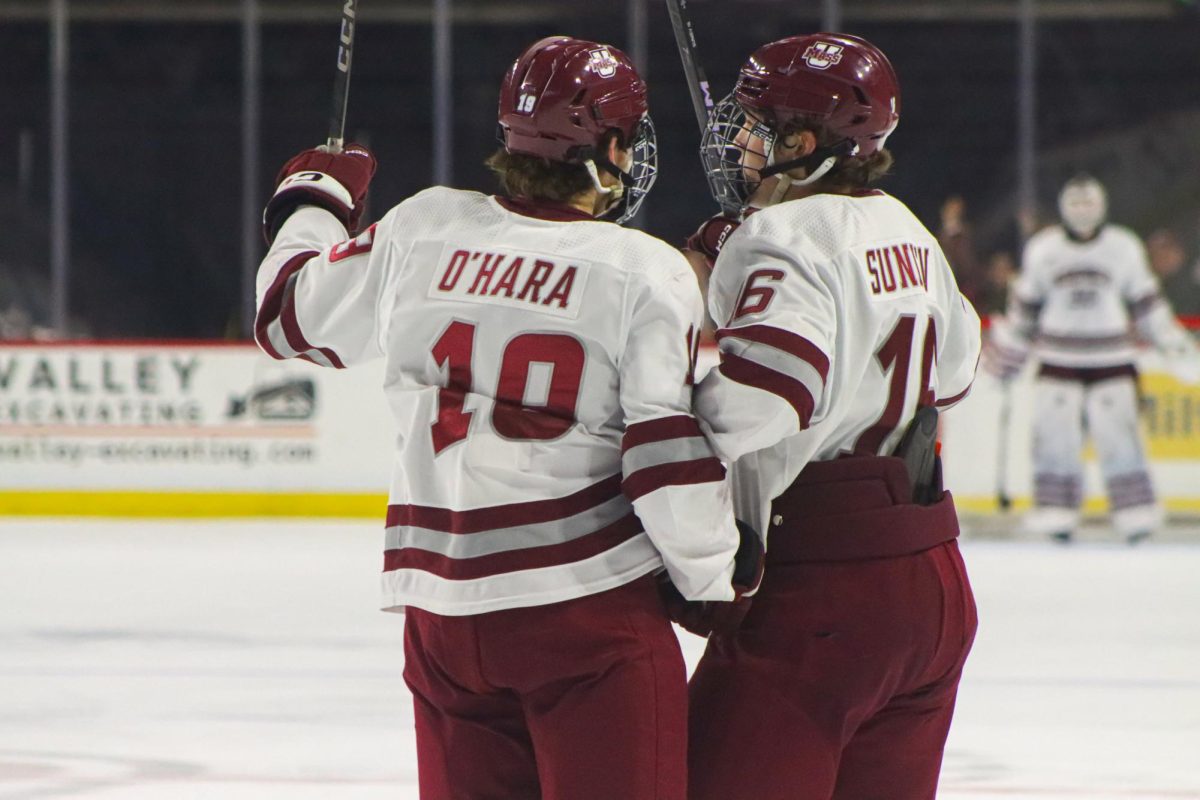
As a young graduate student, Cady Coleman was working on her Ph.D. at the top-ranked Polymer Science department at the University of Massachusetts. She dreamed of one day becoming an astronaut. Since she left UMass in 1988, Coleman has flown two space missions and has spent the last four years training for her next mission, which is scheduled to depart in November of 2010. On Tuesday, Coleman returned to the University to speak to students and faculty about her experiences, and attempted to shed a little light on the mysterious “black hole” of space exploration.
Coleman recalled when she was first inspired to be an astronaut. As an undergraduate studying at the Massachusetts Institute of Technology, she attended a lecture by Sally Ride, the first female American astronaut. “I remember thinking to myself, ‘I really want that job.’” Coleman said. When she saw Ride speak, continued Coleman, she knew that it would indeed be possible for her to excel in what was, at the time, a male-dominated space industry.
Speaking to a crowd of about 100 people, including Chancellor Robert Holub, Coleman began her presentation by thanking the University for providing her “a way to learn” that has stuck with her throughout her professional career.
“UMass is a very special place for me,” she said. “The methods of research and critical thinking that I learned here are put to use every day working for NASA.”
Coleman traveled to space for the first time in 1995, when she spent 16 days conducting experiments on plant growth in a lab on the space shuttle. Many of the experiments set out to find out the possibility of one day creating a fertile living environment on Mars or the Moon, and produced enough data to give the average person a headache. Coleman described the mission as “a lot of fun,” which to those of us stuck here on Earth may seem like an understatement.
“I was in heaven on that first trip,” said Coleman. “I didn’t want to come back.”
Coleman got her chance again in 1999, when she and a crew of four others teamed up to launch the then-new NASA x-ray telescope Chandra, which recently celebrated the anniversary of its 10th year in orbit. The telescope, which was only expected to last five years, is still one of the primary contributors of aerial x-ray photographs. Coleman appeared to be particularly proud of this accomplishment, and wants to make sure Chandra gets the credit it deserves.
“Anytime you happen to be watching the news and they show you a photo from space, they say it came from the Hubble telescope,” said Coleman. “Well, they’re probably lying. It probably came from Chandra.”
Aside from all of the complicated work in the life of an astronaut, Coleman’s presentation made space travel look just how she explained it: a lot of fun. She included videos of crewmembers floating effortlessly around the cabin and chasing gummy bears that hovered weightless in the air. Other pictures and videos showed astronauts attempting to align floating fruit. A shot of a young Coleman trying to restrain her hair without of the help of gravity gave the audience an idea of how difficult living in a weightless environment can be.
For Coleman, it has been ten years since her last mission to space. She has spent the last four years preparing for her most difficult mission yet: A six-month stay at the International Space Station, set to depart in November of 2010.
The space station is truly a global project, with significant parts of the assembly contributed by 16 different countries. Coleman noted that the space race of the last century has died down, replaced with global cooperation towards a better understanding of space travel and the universe., Coleman has completed training exercises at space complexes in Japan, Russia, and parts of Europe. While she enjoys the travel, she says the hardest part is being apart from her husband and son, who live nearby in Shelburne, Massachusetts.
“I miss my family when I’m away for training, but we find ways to stay in touch,” she said.
She thanks Skype and video chat for helping her stay connected to her family when she is away. After years of rigorous training, however, Coleman is quite ready to embark on the longest and most challenging mission of her career. If all goes according to plan, Coleman and five other international astronauts will take off from the Russian Space Station in Kazakhstan just over one year from now, and by around next Thanksgiving she will find herself in space for the third time.
Following a round of applause after her presentation, Chancellor Holub got up from his seat in the front row of the auditorium and personally congratulated Coleman for being “an inspiration to the University.” Holub went on to present her with a UMass hat and a Minutemen bobble-head doll.
“I was hoping you could take this with you on your mission,” said Holub. “I’d like to see how the head would bobble in a weightless environment.”
Noah Steinberg-Di Stefano can be reached at [email protected].


